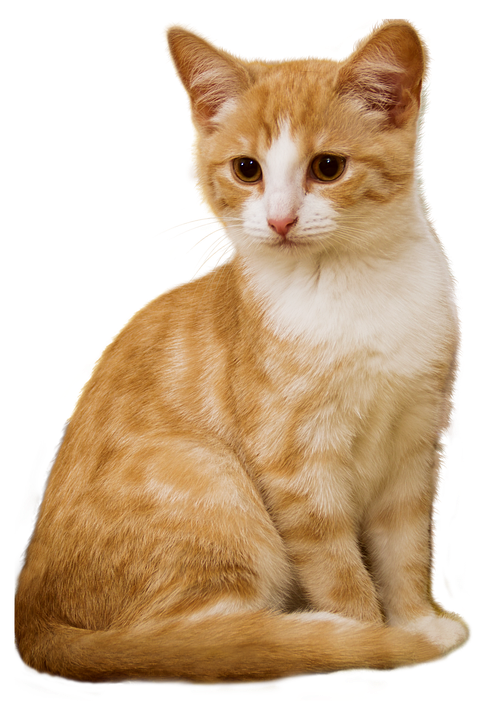As cat owners, we have a responsibility to care for our feline companions and ensure their overall health and well-being. One essential aspect of their health is their joint health. Just like humans, cats can experience joint problems and arthritis as they age. Understanding these common issues and taking preventive measures can help our furry friends maintain optimal joint health for a happy and active life.
One of the most common joint issues in cats is osteoarthritis. Osteoarthritis is the degeneration of joint cartilage and the underlying bone, leading to pain and inflammation. It can be caused by factors such as genetics, obesity, previous injuries, or repetitive stress on the joints. Symptoms of osteoarthritis in cats may include decreased activity, difficulty jumping or climbing, stiffness, and lameness. Some cats may also show signs of pain when touched or reluctance to be handled.
Another joint issue seen in cats is hip dysplasia. Hip dysplasia is a condition where the hip joint doesn’t develop properly, causing the ball and socket to not fit correctly. This can lead to pain, lameness, and reduced mobility. While it is more commonly seen in dogs, certain cat breeds, such as Maine Coons and Persians, may be predisposed to hip dysplasia.
Luxating patella is another common joint problem in cats. It occurs when the kneecap moves out of its normal position, causing pain and difficulty in walking or jumping. Luxating patella can be congenital or result from an injury. Treatment options may include surgery or medication, depending on the severity of the condition.
Preventing cat joint issues is essential for their overall well-being. Here are some preventive measures you can take:
1. Balanced Diet: Providing a balanced and nutritious diet is crucial for maintaining joint health. Look for cat foods that contain high-quality protein, omega-3 fatty acids, and joint-supporting nutrients such as glucosamine and chondroitin. Additionally, consult with your veterinarian about the potential benefits of joint supplements for your cat.
2. Regular Exercise: Encouraging regular physical activity is vital for keeping your cat’s joints healthy. Engage them in playtime with interactive toys, provide scratching posts, and create an enriching environment that promotes movement and exercise.
3. Weight Management: Excess weight puts additional stress on the joints, leading to joint problems. Monitor your cat’s weight and ensure they maintain a healthy body condition. Consult your veterinarian for guidance on portion control and feeding a balanced diet.
4. Environmental Adaptations: Create a joint-friendly living space for your cat. Provide comfortable bedding and surfaces that are easy on their joints. Consider providing ramps or stairs to help them reach elevated areas, and ensure there are no obstacles that may cause them to slip or fall.
By understanding and implementing these preventive measures, you can help your cat maintain optimal joint health throughout their lives. However, it’s important to remember that each cat is unique, and joint issues may still arise despite your best efforts. If you notice any signs of joint problems in your cat, such as limping, stiffness, or reluctance to move, it’s crucial to consult your veterinarian for a proper diagnosis and appropriate treatment options.
In conclusion, understanding cat joint health and taking preventive measures is crucial for ensuring the well-being of our feline companions. By providing a balanced diet, regular exercise, managing their weight, and adapting their environment, we can help them enjoy optimal joint health and lead a happy and active life. Remember to consult your veterinarian for guidance and support in maintaining your cat’s joint health.








